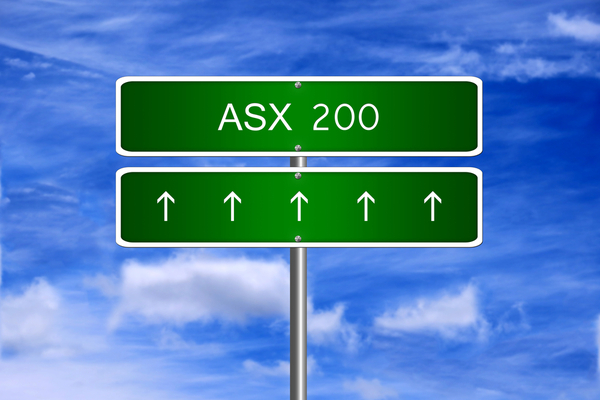Historically, a business was purely an entity defined by its commercial activity. As society developed, commercial organisations became… well, everyone’s business!

As our sensibilities around the climate, the economy, and the people around us changed, so too did our concept of economic outputs. Rather than focusing on a point in time; successful businesses all over the world have begun to consider the ongoing impact of value creation – and adjusting practices to increase sustainability, when possible, as a form of corporate social responsibility.
In other words, firms began to focus on the Environmental, Social and Governance (ESG) metrics that are considered essential in a modern economy, as a response to the increasing demands of stakeholders.
Currently, ESG reporting is not a compulsory reporting activity; but investors, particularly institutional, have been placing increased importance on the ESG metrics as a determination of value. For this reason, the overwhelming majority of Australia’s top 200 companies (ASX200) voluntarily opt to provide detailed ESG reporting to the benefit of their stakeholders.
If we are to perform corporate Tasseography to interpret the teacup of the ASX, it tells us that sophisticated investors have an increased expectation regarding the disclosure of businesses; and that good fortune will fall upon entities who have invested in a business model that incorporates sustainability as a key consideration of their core strategy.
Unfortunately, as this is largely non-compulsory reporting from a legislative point of view, there are no boilerplate standards to follow, which can lead to inconsistent reporting methodologies across organisations.
Fundamentally, companies will provide a list of beliefs/values, their intended outcomes (generated as an extension of said values) and the real-world impacts created. Looking to the ASX200 as a guide, we noted some recurring items which can provide a useful basis for ESG Reporting.
At its core, ASX200 companies engaging in ESG reporting generally outline their fundamental beliefs/pillars, and how these drive the inputs for their value creation model. Building on this, ASX entities will discuss the implications caused by their strategies, usually relating this to sustainability.
As an example, a company could discuss how they used their values of humility, integrity and boldness; to create an innovative supply chain which results in lowered environmental impact. It is important for prospective ESG report issuers to create quantifiable consequences – to what degree was environmental impact reduced using the updated supply chain, and how did it do so!
The teachings of Australia’s market leaders can be used as an opportunity for self-reflection, for both not-for-profit entities and their commercial counterparts, and this is in no way limited to only large corporations. Traditionally, larger entities are at the forefront of economic trends, and practices adopted by the majority of these organisations (over 80% of the ASX200 implement ESG disclosure), influence the competitive landscape to a degree where they eventually become an essential component of any successful operation.
By putting forward your companies’ key values, organisations generate a personality. Through the outline of the value creation model; investors can gain an insight into the potential of a company. Lastly, through the disclosure of real achievements, investors can gain comfort that any claims made have been well-substantiated.
ESG disclosure is an increasingly important metric for investors, and sensible companies ought to adopt a reporting policy to match consumer demands!
Please contact us with any enquires.
